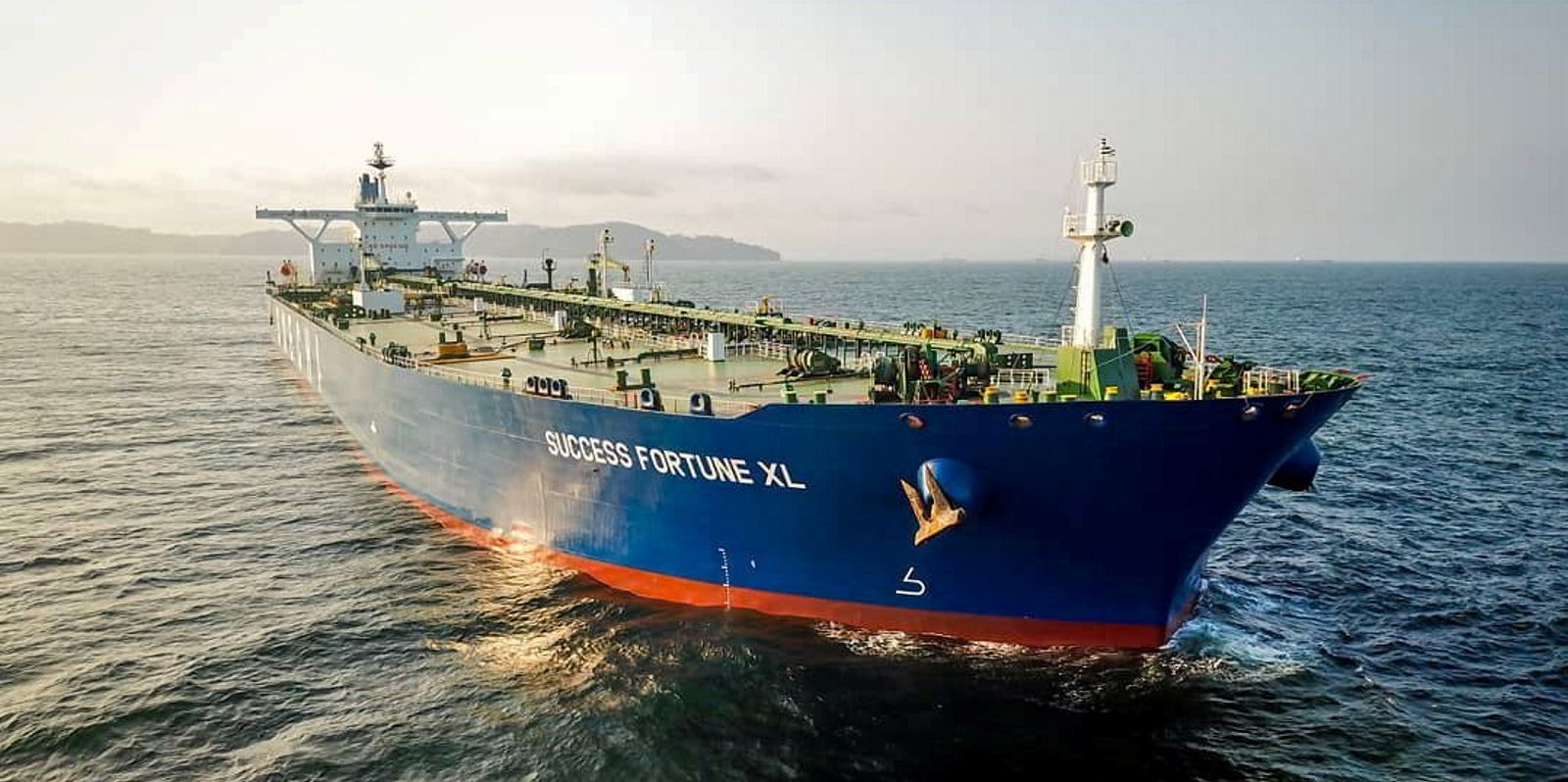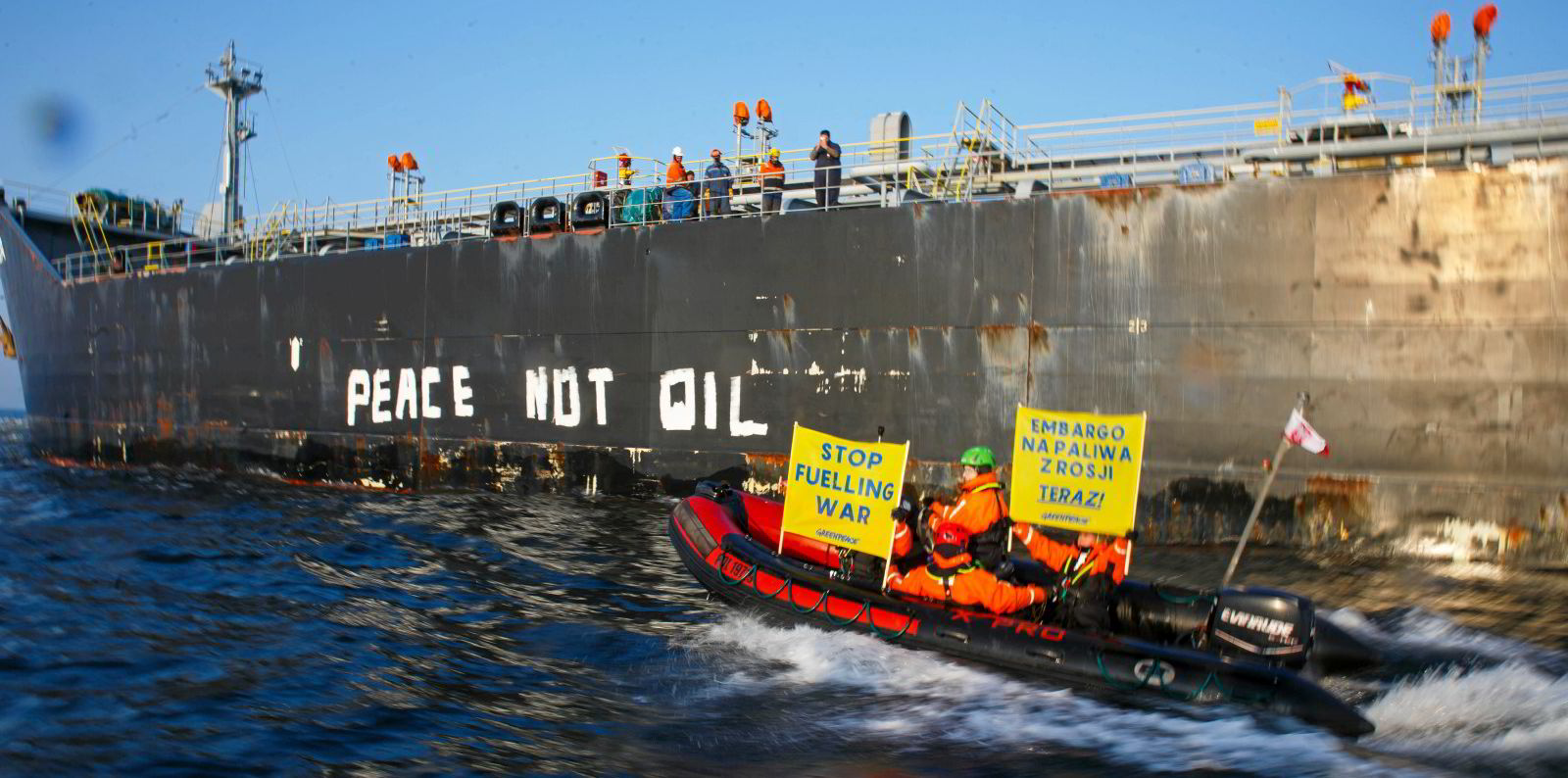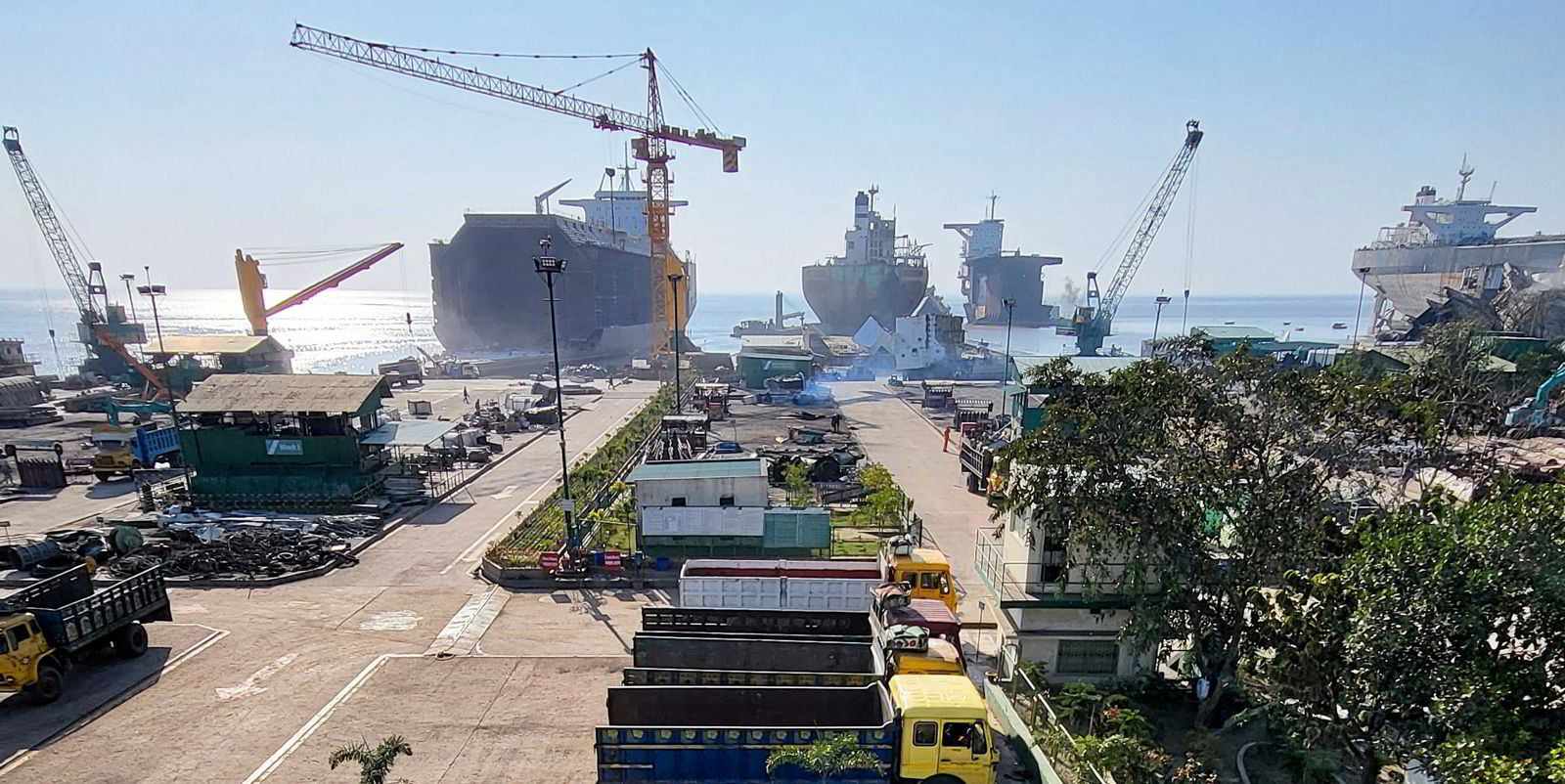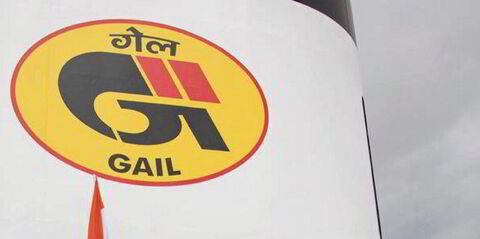India and China may be looking to switch up their crude oil import mix, leading to the recent uptick in VLCC rates.
The International Energy Agency (IEA) said this week that the two countries are the destinations for 70% of Russian crude exports in February, but theorised the duo are becoming uncomfortable with sourcing so much from Russia.
The take prompted Lorentzen & Co to suggest that it was the impetus for March’s VLCC rate rally, which has seen some ships earning more than $100,000 per day.
“[This may] help explain the recent rush of VLCC fixtures from non-Russian sources such as the Middle East Gulf, West Africa, Brazil and the US Gulf,” the Norwegian broker said on Thursday.
According to the Baltic Exchange, VLCC rates skyrocketed from $37,090 per day on 6 March to $71,234 per day just three days later, with brokers reporting a flurry of fixing activity.
On Thursday, rates cooled to $66,244 per day, but data from Tankers International shows a handful of ships fixed this week with six-figure earnings.
The Dynacom-linked 296,659-dwt Kalliopi (built 2010) was fixed to NSRP on Thursday at $104,876 per day for a voyage from the Middle East to Vietnam.
Unipec took two ships at rates over $100,000: HMM’s 302,650-dwt Gem No. 5 (built 2017) was fixed on Tuesday at $102,172 per day and New Shipping’s 319,611-dwt New Giant (built 2016) at $109,814 per day on Monday.
The Chinese oil trader has both ships sailing from the Middle East to China.
All three ships will load later this month.
The IEA said Russian oil production in February was near pre-war levels, but its exports fell by more than 500,000 barrels per day to 7.5m barrels per day, with Europe — which is part of the $60 per barrel price cap scheme enacted by G7 countries in December — importing just 580,000 barrels per day.
It said most of the willing buyers were in Asia, with India the destination for 40% of crude imports and China for 20%.
But buying patterns may have changed this month with “increasing volumes on the water [suggesting] the share of Russian oil in their import mix may be getting too big for comfort” as Moscow looks to slash oil production by 500,000 barrels per day.





